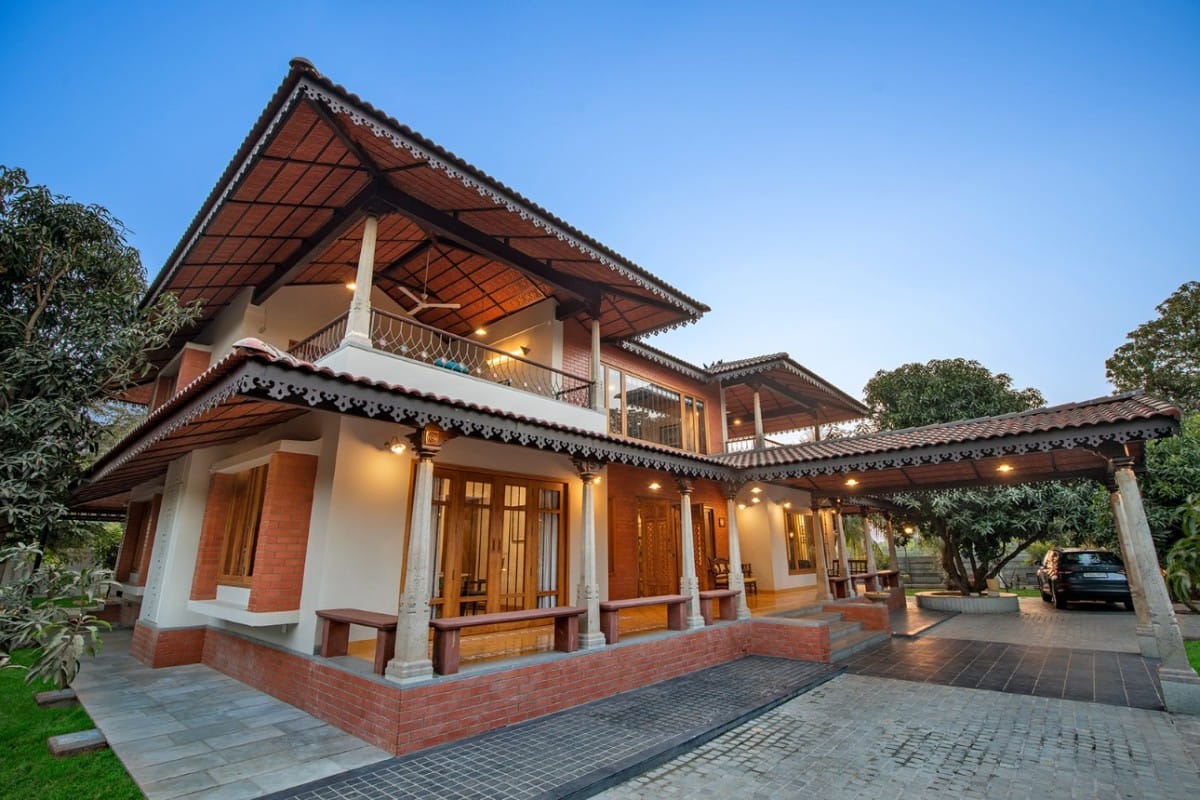Choosing the right paint color for your home can significantly influence the overall ambiance and mood. One of the primary reasons people repaint their homes is to create a more relaxing environment. The psychology of colors suggests that certain hues can evoke feelings of peace, tranquility, and relaxation.
Blue is often associated with calmness and serenity, making it an ideal choice for bedrooms and bathrooms where you want to promote restfulness. Lighter shades like sky blue or aquamarine are particularly soothing, while deeper blues can add a touch of elegance without compromising on relaxation.
Green is another excellent option for creating a peaceful atmosphere at home. It’s a refreshing color that mimics nature, evoking feelings of renewal and harmony. Lighter greens are perfect for spaces where you want to unwind after a long day as they provide an instant calming effect.
Neutral tones such as beige, cream, or gray are also great choices when aiming for relaxation. These colors have a softness that allows the mind to relax while still keeping the space light and open. They work well in any room but are especially suitable for living rooms or family rooms where you spend most of your time.
Lavender is another color that promotes relaxation due to its association with aromatherapy benefits known for inducing sleep and reducing anxiety levels. This makes lavender an excellent choice for bedrooms or meditation spaces where maximum tranquility is desired.
Earth tones like brown or terracotta bring warmth into your home while also creating a cozy feeling which enhances relaxation. These colors make spaces feel grounded and secure which promotes stress relief.
Lastly, pastel hues like soft pink or peach have been gaining popularity recently due to their calming properties. They’re subtle yet inviting colors that don’t overwhelm the senses but instead provide gentle stimulation promoting feelings of comfort and ease.
When choosing paint colors aimed at promoting relaxation, it’s important not just to consider personal preferences but also factors such as natural light availability in each room. Lighter colors tend to reflect more light, which can help make a room feel more spacious and airy, contributing to the overall relaxing vibe.
Remember that while color psychology provides general guidelines, personal experiences and cultural factors also play a significant role in how we perceive color. Therefore, it’s crucial to choose colors that you personally find soothing and calming.
In conclusion, creating a relaxing environment at home is not just about decluttering or investing in comfortable furniture; it also involves choosing the right paint colors. Whether you opt for serene blues, refreshing greens, neutral tones, calming lavender hues or warm earthy shades – your choice of paint can significantly enhance your home’s relaxation quotient.

